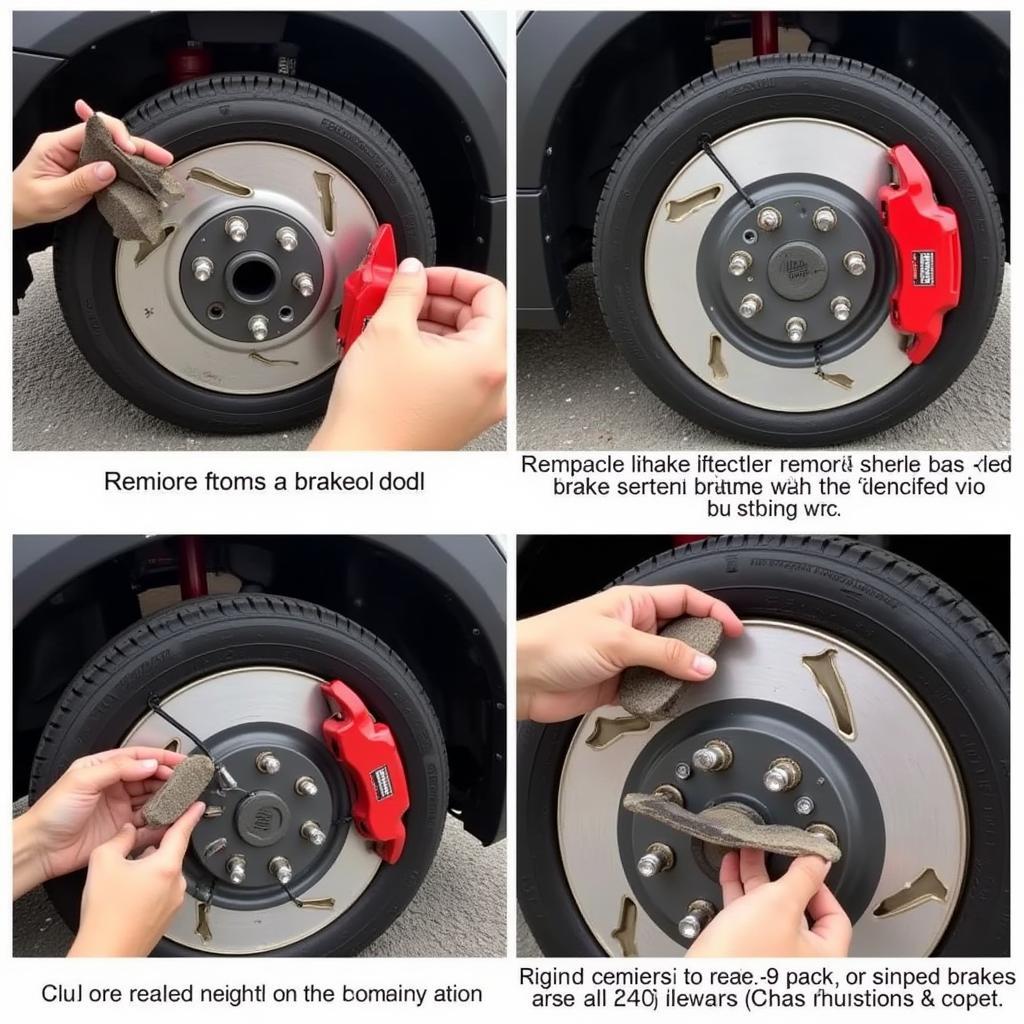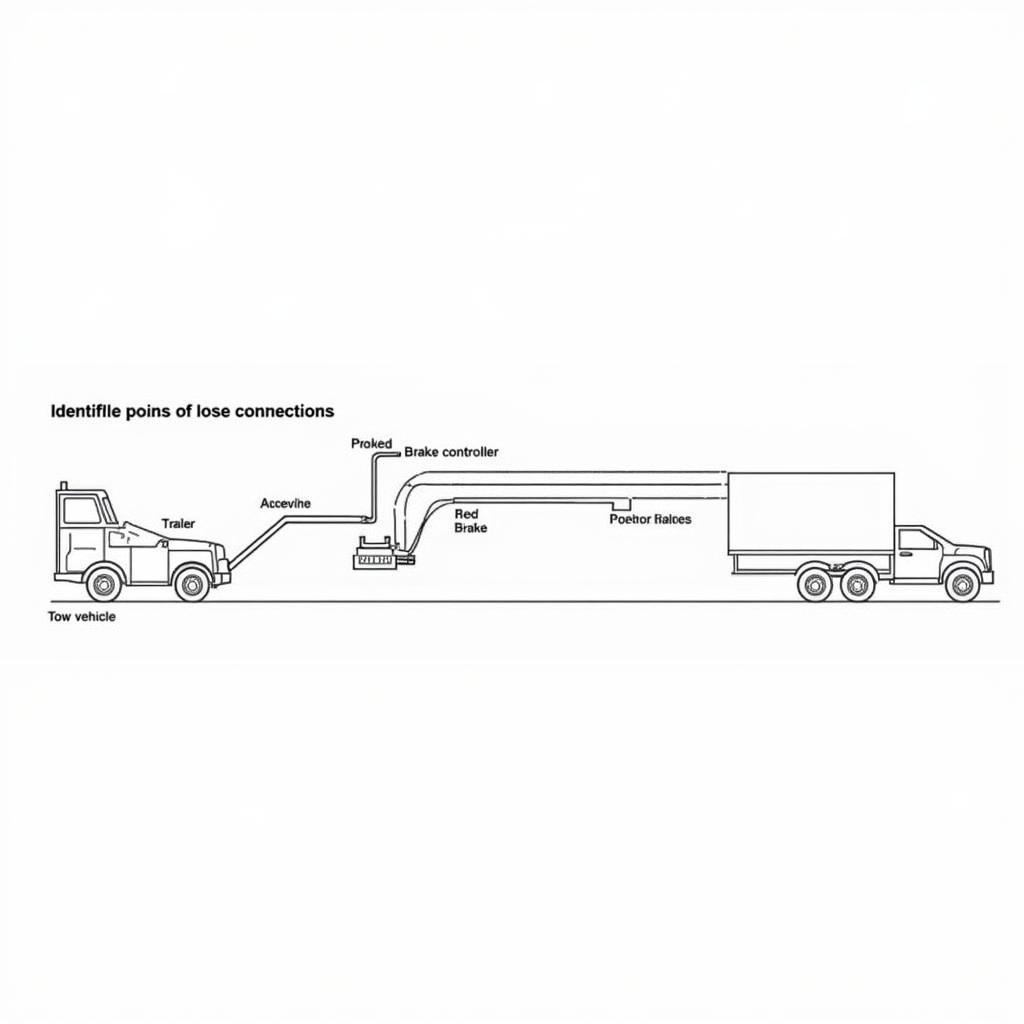The dreaded seat belt warning light. A constant reminder to buckle up, sometimes even when you already have. But what happens when this safety feature turns into a nuisance, flashing even when the seat is clearly occupied? This comprehensive guide dives deep into the common culprits behind a persistent seat belt warning light and provides practical solutions to get you back on the road, worry-free.
Understanding Your Car’s Safety System
Modern vehicles are equipped with sophisticated safety systems designed to protect passengers. At the heart of this system lies the Seat Belt Warning System (SBWS), a network of sensors, modules, and warning lights working in unison to ensure you and your passengers are properly secured.
The SBWS comprises several key components:
- Seat Belt Buckle Switch: Located within the buckle assembly, this switch detects when the seat belt is fastened.
- Seat Belt Pretensioners: In the event of a collision, these devices tighten the seat belt to better restrain occupants.
- Weight Sensors: These sensors, often embedded in the passenger seat, detect the presence of a passenger and activate the SBWS accordingly.
- Warning Light and Chime: These auditory and visual cues alert the driver to unbuckled seat belts.
Understanding how these components interact can help you troubleshoot why your seat belt warning light might be illuminating unnecessarily.
Common Causes of a Seat Belt Warning Light Staying On
A persistent seat belt warning light can be triggered by a range of issues, from simple malfunctions to more complex electrical gremlins. Here’s a breakdown of the most common culprits:
1. Faulty Seat Belt Buckle Switch
The most frequent offender is often the seat belt buckle switch itself. Over time, these switches can wear out, become dirty, or get jammed, preventing them from recognizing a fastened seat belt.
2. Damaged Wiring
The wiring harness connecting the seat belt buckle switch to the vehicle’s electrical system can become frayed, corroded, or even severed. This disrupts the signal flow, leading the SBWS to believe the seat belt is unbuckled.
3. Malfunctioning Weight Sensor (SRS Mat)
For passenger seats, a malfunctioning weight sensor, often referred to as the SRS (Supplemental Restraint System) mat, can be the culprit. This sensor, usually located within the seat cushion, can fail and incorrectly signal an empty seat, triggering the warning light even with a passenger.
4. Software Glitch
Modern vehicles heavily rely on software to manage various systems, including the SBWS. Occasionally, software glitches can occur, causing erratic behavior like a false seat belt warning light.
5. Faulty Airbag Control Module
In some cases, a failing airbag control module, responsible for deploying airbags in a collision, can also affect the SBWS, causing the warning light to illuminate.
Troubleshooting and DIY Fixes
Before rushing to a mechanic, there are a few simple checks and fixes you can perform yourself:
- Check for Obvious Signs: Inspect the seat belt buckle and wiring for any visible damage, loose connections, or debris.
- Clean the Buckle Switch: Using a can of compressed air or a cotton swab dipped in electrical contact cleaner, gently clean the buckle switch to remove dirt and grime.
- Check Seat Belt Engagement: Ensure the seat belt is properly fastened and the buckle is securely latched.
- Inspect the Wiring Harness: Carefully examine the wiring harness under the seat for any signs of damage.
If these initial checks don’t resolve the issue, you may need to delve a bit deeper.
When to Seek Professional Help
For persistent issues or suspected electrical problems, it’s best to seek help from a qualified automotive electrician or mechanic. They have the expertise and tools to diagnose the problem accurately.
Remote Diagnostics and Software Solutions
Did you know that many seat belt warning light issues can be diagnosed and even repaired remotely? With advancements in automotive technology, specialized service providers can now access your vehicle’s computer system remotely, identify the root cause of the problem, and sometimes even resolve it without you leaving your home.
[autel-code-out-seat-belt-warning-light-328i|Learn more about remote coding solutions for seat belt warning lights]
This involves using advanced diagnostic tools and software to:
- Read Fault Codes: Extract diagnostic trouble codes stored in your car’s computer, pinpointing the source of the problem.
- Perform Software Updates: Update your vehicle’s software to the latest version, potentially resolving glitches causing the false warning.
- Reset the Warning Light: After addressing the underlying issue, the warning light can be reset remotely.
Preventative Measures: Keeping Your SBWS in Top Shape
Here are some preventative steps to minimize the chances of encountering seat belt warning light issues:
- Regularly Clean Your Seat Belts: Dirt and debris can accumulate in the buckle mechanism, leading to malfunctions.
- Avoid Spills and Moisture: Liquids can damage the seat belt buckle switch and wiring.
- Schedule Routine Inspections: During your regular vehicle maintenance, have your mechanic inspect the SBWS for any signs of wear or damage.
Conclusion
While a persistent seat belt warning light can be frustrating, understanding the common causes and solutions empowers you to address the issue effectively. Remember, a properly functioning SBWS is crucial for your safety and the safety of your passengers. By following the troubleshooting steps outlined above or seeking professional help when needed, you can ensure this vital safety feature remains in top working order, providing you with peace of mind on the road.
[how-to-fix-seat-belt-warning-light|Learn more about troubleshooting and fixing seat belt warning lights]
Frequently Asked Questions
Q: Can I drive with the seat belt warning light on?
While it’s technically possible to drive with the light on, it’s strongly discouraged. The warning light often indicates a potential issue with the SBWS, potentially compromising your safety in a collision.
Q: How much does it cost to fix a seat belt warning light?
The cost can vary greatly depending on the underlying cause, ranging from a simple cleaning of the buckle switch (under $50) to replacing faulty components like the weight sensor (several hundred dollars).
Q: Can I disable the seat belt warning chime myself?
While it’s possible to find DIY methods online, tampering with safety systems is highly discouraged and may even be illegal in some areas.
Q: Does the seat belt warning light affect the airbags?
In some vehicles, a malfunctioning SBWS can disable the airbags. It’s crucial to address the issue promptly to ensure all safety systems are operational.
Q: What happens if the seat belt warning light is flashing?
A flashing light can indicate a more serious issue, potentially with the airbag system itself. It’s crucial to have the vehicle inspected by a qualified professional immediately.


